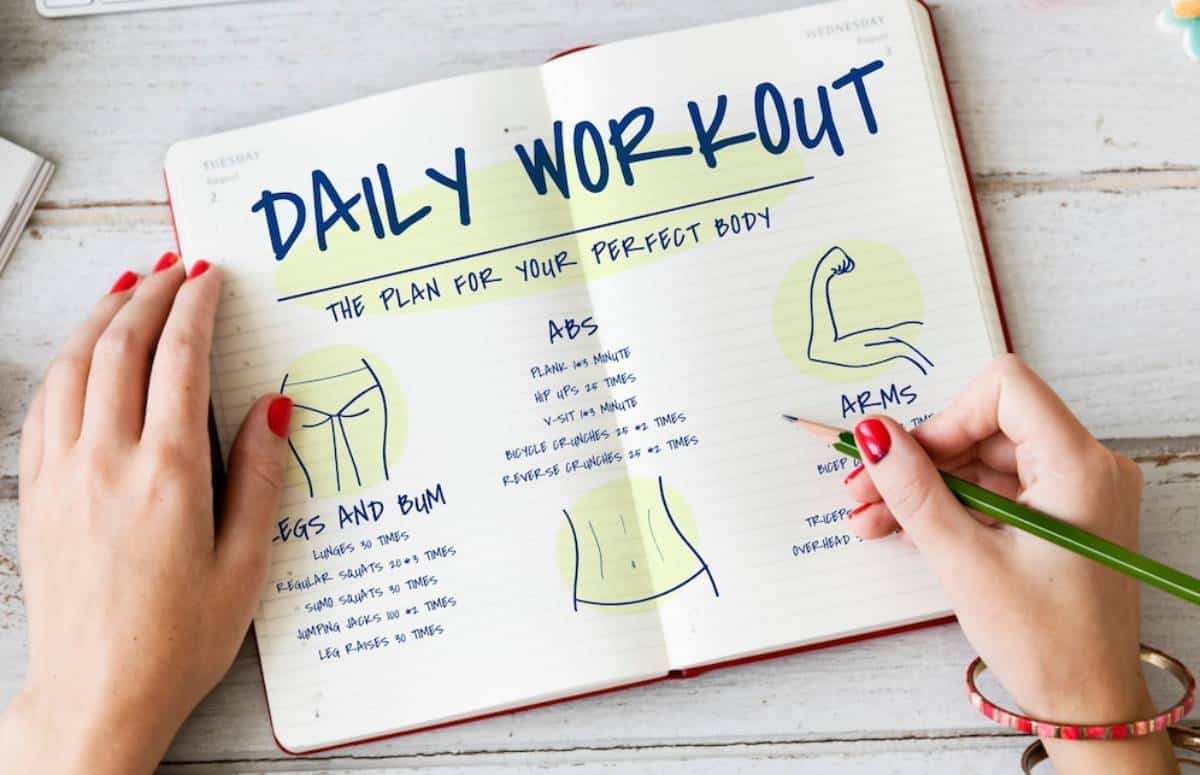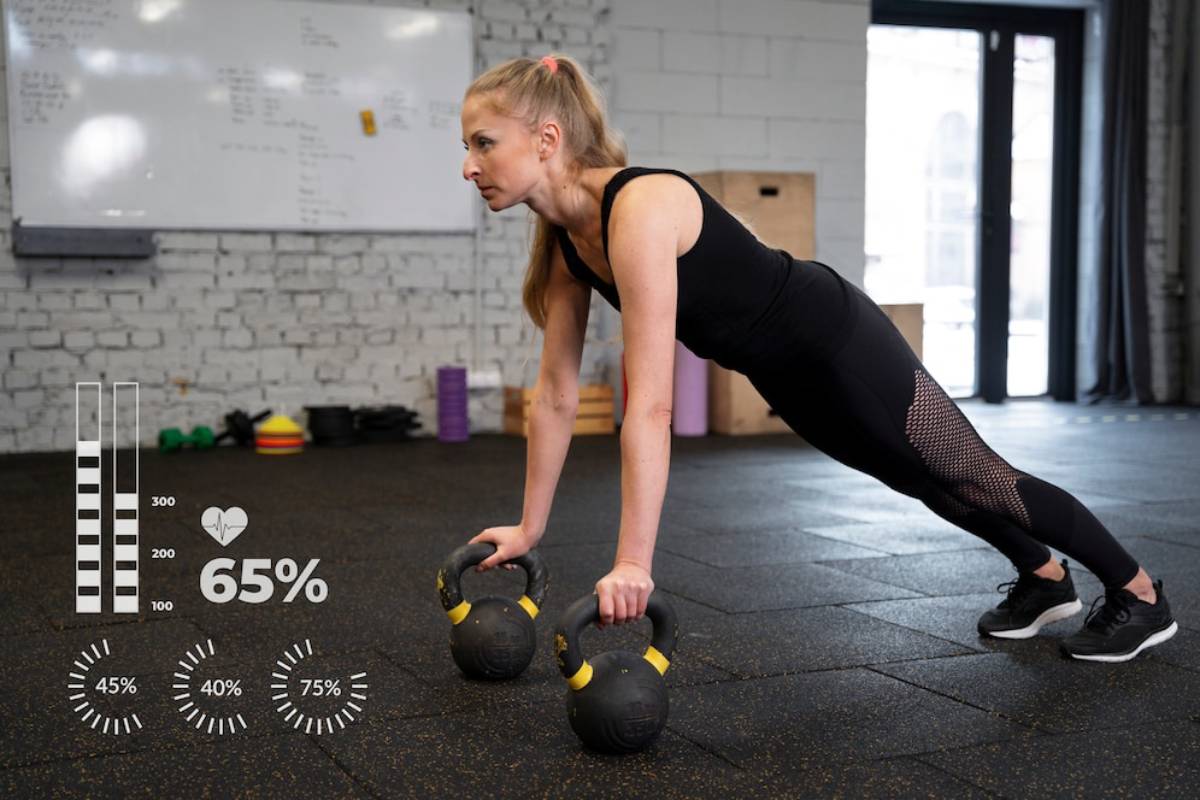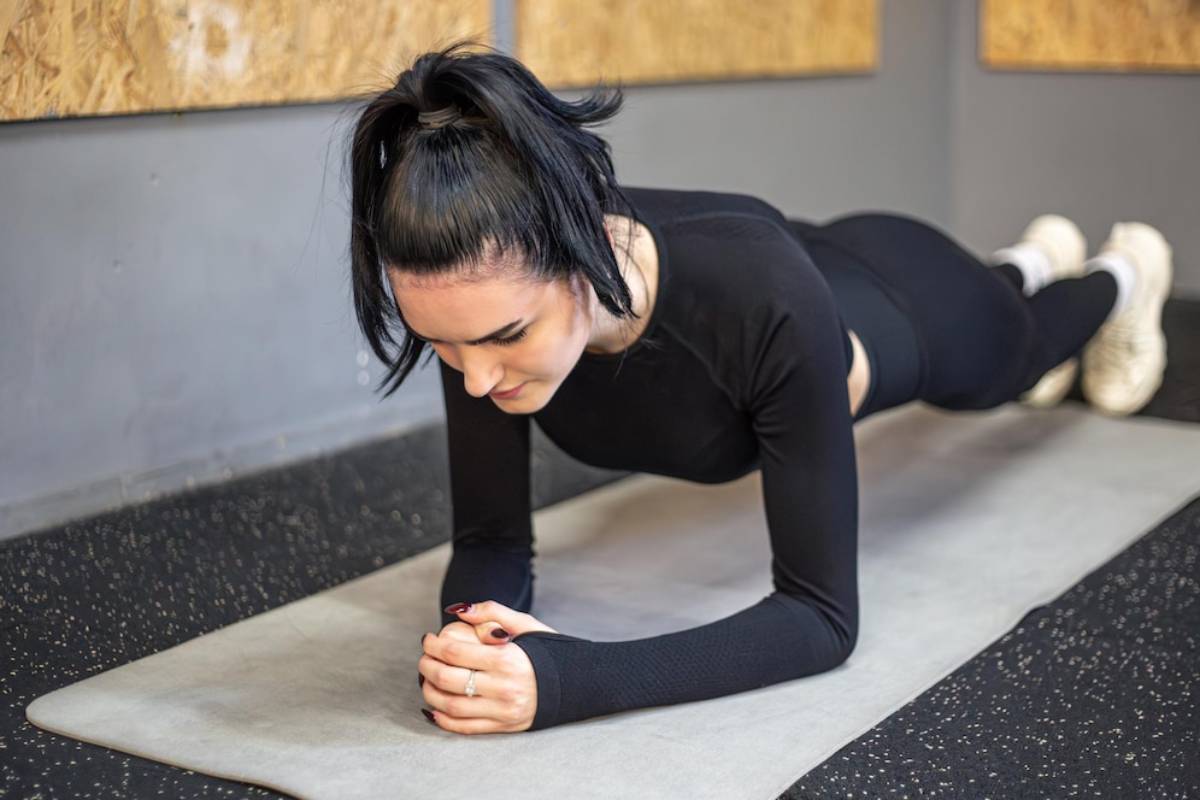
How to Build a Beginner Strength Program at Home
It is not easy to find time to visit the gym in this modern world. You can definitely create an effective strength training routine at home. A good home workout plan can help you tone muscles. You can exercise or simply enjoy the convenience of working out at home. Use this guide to create your own beginner strength training program at home. For fitness goals, it has expert tips and practical advice.
Understanding the Core
Strength training is key to fitness. It includes exercises that boost muscle strength and endurance. It is not just about lifting heavy weights; it’s about using resistance to challenge your muscles. For beginners, the focus should be on mastering the basics and building a solid foundation. You can use bodyweight exercises, resistance bands, or light dumbbells. This makes fitness easy for anyone starting at home.
Strength training is the key to fitness. It is made up of activities that build muscle strength and endurance. It’s not all about lifting the heaviest weight possible. In the early days, you need to first learn the basics and become solid. You can use bodyweight exercises, resistance bands, or light dumbbells. This makes it easy for anyone who is starting fitness at home.
The Importance of Strength Training

Strength training has many advantages. It increases muscle mass, improves bone density, raises metabolic rate, and aids posture. It is also very important for injury prevention and general wellness. Combining this workout with regular strength training can help you be more active and lower your risk of chronic diseases.
Secret Tip: Proper hydration is essential for optimal performance and recovery.
Quick Guide / Checklist
Before diving into the details, here is a quick checklist to help you get started:
- Set Clear Goals: Decide what you want to achieve with your strength training program.
- Select the Right Gear: Begin with simple tools such as resistance bands or light dumbbells.
- Schedule Regular Workouts: Aim for consistency by setting a workout schedule that fits your lifestyle.
- Focus on Form: Prioritise proper form over the amount of weight lifted.
- Track Your Progress: Keep a record of your workouts to monitor improvements.
Important: Pay attention to how your body feels during and after workouts. Rest if you experience pain or discomfort.
Step-by-Step Guide (How to Practise)
Creating a beginner strength training programme involves several key steps. Below is a step-by-step guide to help you design an effective home workout plan:
1. Define Your Goals
Before starting any fitness programme, it’s essential to define your goals. Are you looking to build muscle, increase strength, or improve overall fitness? Having clear objectives will guide your workout plan and keep you motivated.
2. Assess Your Fitness Level
Understanding your current fitness level is crucial for designing a programme that meets your needs. Think about your strength training experience, any injuries you have, and your overall health.
3. Choose the Right Exercises

For beginners, focus on compound exercises that work multiple muscle groups simultaneously. Examples include squats, lunges, push-ups, and planks. These exercises provide a solid foundation and maximise efficiency.
4. Create a Balanced Routine
A well-rounded strength training programme should target all major muscle groups. Aim for a mix of upper body, lower body, and core exercises. This balance ensures comprehensive strength development and reduces the risk of injury.
5. Determine Frequency and Duration
As a beginner, try to do strength training two to three times a week. Each session should last about 20 to 30 minutes. This frequency allows for adequate recovery while promoting consistent progress.
6. Focus on Form and Technique
Good form is key. It helps prevent injuries and boosts your workout results. Learn the right techniques for each exercise. You might use a mirror or record yourself to check your form.
7. Gradually Increase Intensity
Once you feel good about your routine, slowly boost the intensity. You can do this by adding more resistance or doing extra repetitions. This progression is key to continued growth and improvement.
8. Monitor Your Progress
Keep a record of your workouts. Write down the exercises you do, the sets and repetitions, and any changes in resistance. Tracking your progress keeps you motivated. It also helps you adjust your program when needed.
Pro Tip: Always warm up before your workouts. This helps prepare your muscles. End with a cool-down, so you can recover better.
Best Practices & Additional Insights
To enhance your home strength training programme, consider the following best practices:
- Mix It Up: Make your workouts fun by changing exercises and using different types of resistance.
- Set Realistic Expectations: Progress takes time. Be patient and celebrate small victories along the way.
- Stay Consistent: Consistency is key to achieving your fitness goals. Make your workouts a regular part of your routine.
- Focus on Nutrition: Eat a balanced diet with your strength training. This helps muscles grow and recover.
FAQs
What equipment do I need for a beginner strength training programme at home?
Beginners only need simple gear. Resistance bands, light dumbbells, and a yoga mat work well. These tools provide versatility and can be used for a wide range of exercises.
How long should a beginner’s strength training session last?
A typical session for beginners should last 20 to 30 minutes. This duration is enough to target multiple muscle groups without causing excessive fatigue.
Can I build muscle with home workouts?
You can build muscle at home. Focus on progressive overload, use proper form, and stay consistent. Bodyweight exercises and resistance bands can be highly effective for muscle building.
What if I miss a workout? Have I ruined my progress?
Missing a workout occasionally won’t derail your progress. Get back on track with your next session. Focus on being consistent over time, not on being perfect.
How can I make my home workouts more challenging over time?
Slowly boost the intensity. You can do this by adding more reps, sets, or resistance, like dumbbells or resistance bands. Also, try cutting down rest time between exercises.
What’s the best time of day to work out at home?
The best time is when you can consistently commit. Morning, afternoon, or evening—choose what suits your schedule and energy levels best.
How do I avoid distractions while working out at home?
Turn off notifications. Let your housemates or family know. Also, choose a specific space and time for your workouts.
Can I get fit with only home workouts?
Yes, with a good plan and consistency, home workouts can boost strength, endurance, flexibility, and overall fitness just like gym routines.
How do I stay consistent when motivation fades?
Focus on discipline over motivation. Build a routine, track your progress, revisit your goals, and remind yourself why you started.
If you have questions about your form or program, talk to a fitness expert. You can also check online resources for help.
Conclusion: Your Home Fitness Journey Starts Here

Making a beginner strength training program at home is rewarding. It offers many health benefits. This guide will teach you how to create a personalised workout plan. It will suit your lifestyle and enable you to achieve your fitness targets. Focus on the process and you’ll become more successful in life. See how effective strength training can be at home, and start your journey today.
Ready to take the next step? Explore our comprehensive resources and expert tips to enhance your fitness journey. Visit our website for more in-depth guides and support.
